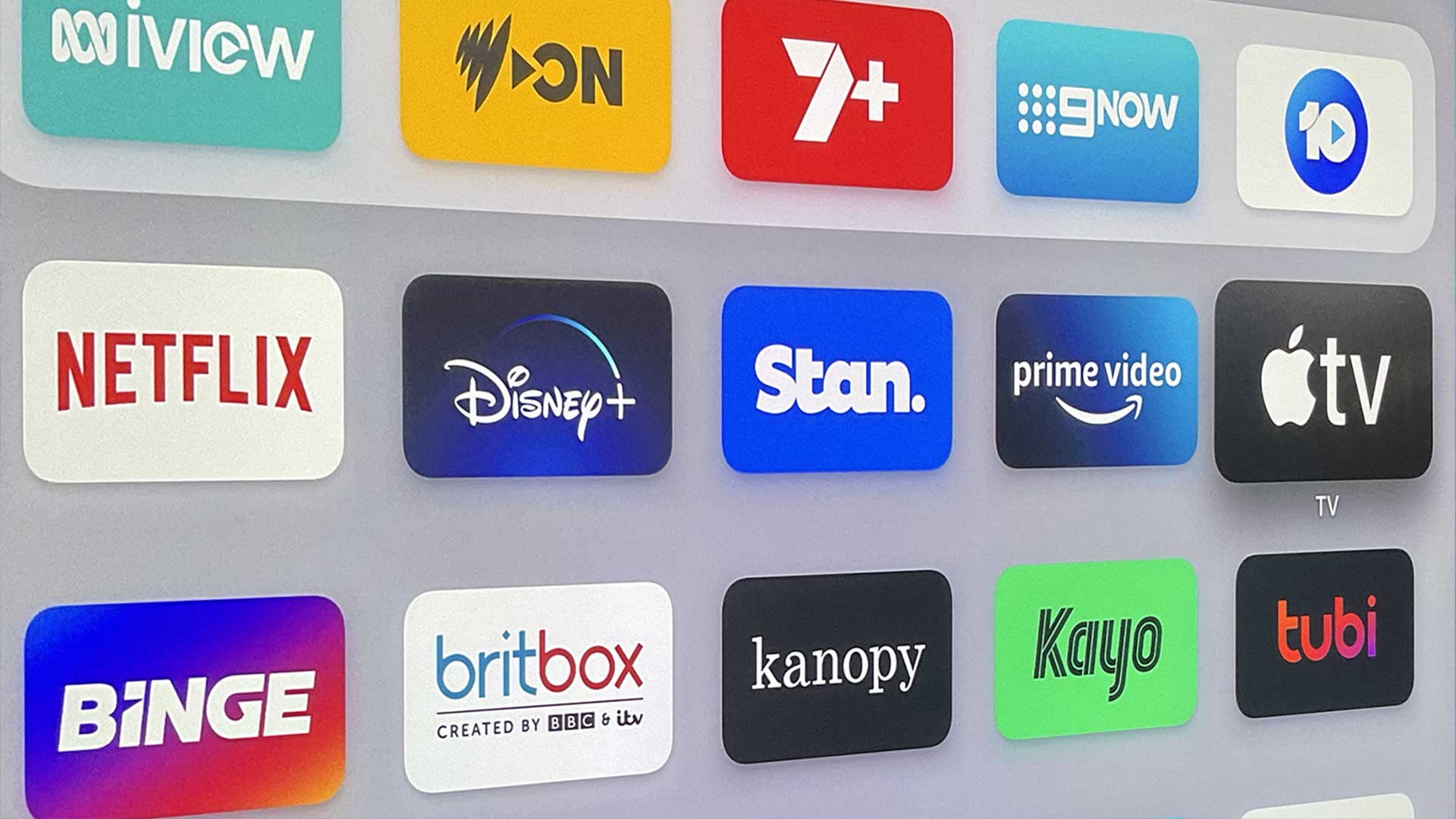 A team of international researchers has developed an AI system called Live2Diff that has the potential to reshape applications from entertainment to augmented reality experiences. This groundbreaking technology, created by scientists from Shanghai AI Lab, Max Planck Institute for Informatics, and Nanyang Technological University, is capable of reimagining live video streams into stylized content in near real-time.
A team of international researchers has developed an AI system called Live2Diff that has the potential to reshape applications from entertainment to augmented reality experiences. This groundbreaking technology, created by scientists from Shanghai AI Lab, Max Planck Institute for Informatics, and Nanyang Technological University, is capable of reimagining live video streams into stylized content in near real-time.
Live2Diff marks the first successful implementation of uni-directional attention modeling in video diffusion models for live-stream processing. Previous state-of-the-art models relied on bi-directional temporal attention, which required access to future frames and made real-time processing impossible. However, Live2Diff’s uni-directional method maintains temporal consistency by correlating each frame with its predecessors, eliminating the need for future frame data.
The researchers explain in their paper published on arXiv that Live2Diff opens up new possibilities for live video translation and processing by ensuring temporal consistency and smoothness without any future frames. The system has been demonstrated to outperform existing methods in both temporal smoothness and efficiency through extensive experiments and user studies.
The potential applications of Live2Diff are vast. In the entertainment industry, this technology could redefine live streaming and virtual events. For example, performers at concerts could be instantly transformed into animated characters, and sports broadcasts could feature players morphing into superhero versions of themselves in real-time. Content creators and influencers could use Live2Diff as a tool for creative expression, presenting unique, stylized versions of themselves during live streams or video calls.
In the fields of augmented reality (AR) and virtual reality (VR), Live2Diff could enhance immersive experiences by enabling real-time style transfer in live video feeds. This would bridge the gap between the real world and virtual environments more seamlessly than ever before. Applications in gaming, virtual tourism, architecture, and design could benefit from this technology by providing real-time visualization of stylized environments to aid in decision-making processes.
However, the power of Live2Diff also raises important ethical and societal questions. The ability to alter live video streams in real-time could be misused for creating misleading content or deepfakes. It may also blur the lines between reality and fiction in digital media, highlighting the need for new forms of media literacy. It is crucial for developers, policymakers, and ethicists to work together to establish guidelines for the responsible use and implementation of this technology.
While the full code for Live2Diff is pending release, the research team has made their paper publicly available and plans to open-source their implementation soon. This move is expected to encourage further innovations in real-time video AI.
As artificial intelligence continues to advance in media processing, Live2Diff represents an exciting leap forward. Its ability to handle live video streams at interactive speeds could soon find applications in live event broadcasts, next-generation video conferencing systems, and beyond, pushing the boundaries of real-time AI-driven video manipulation.

